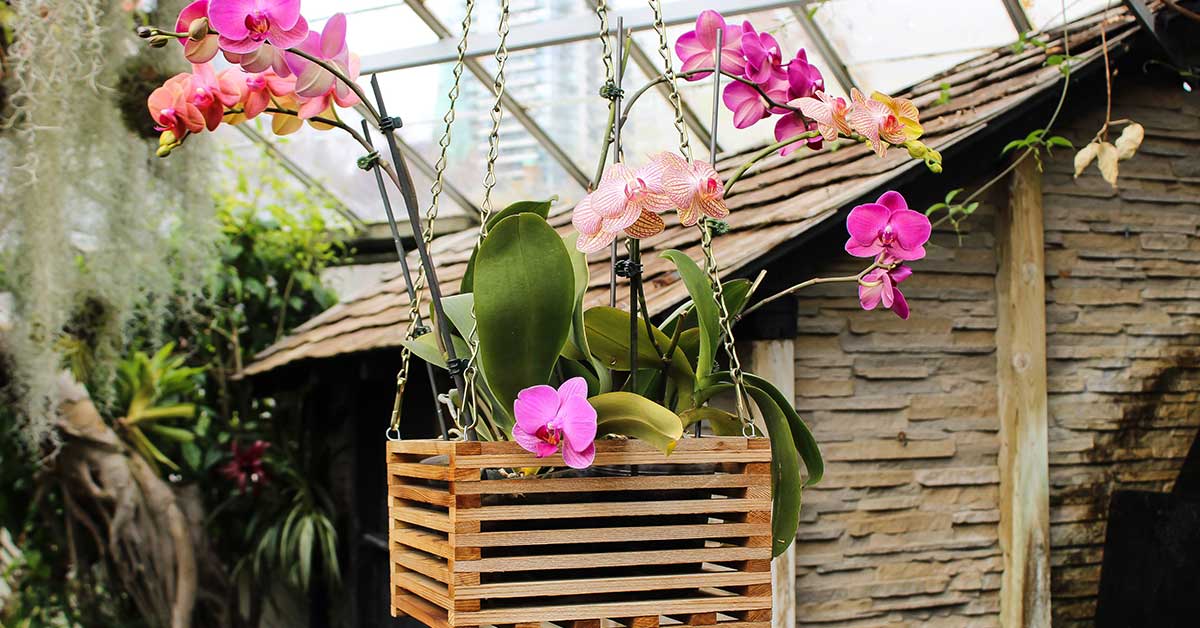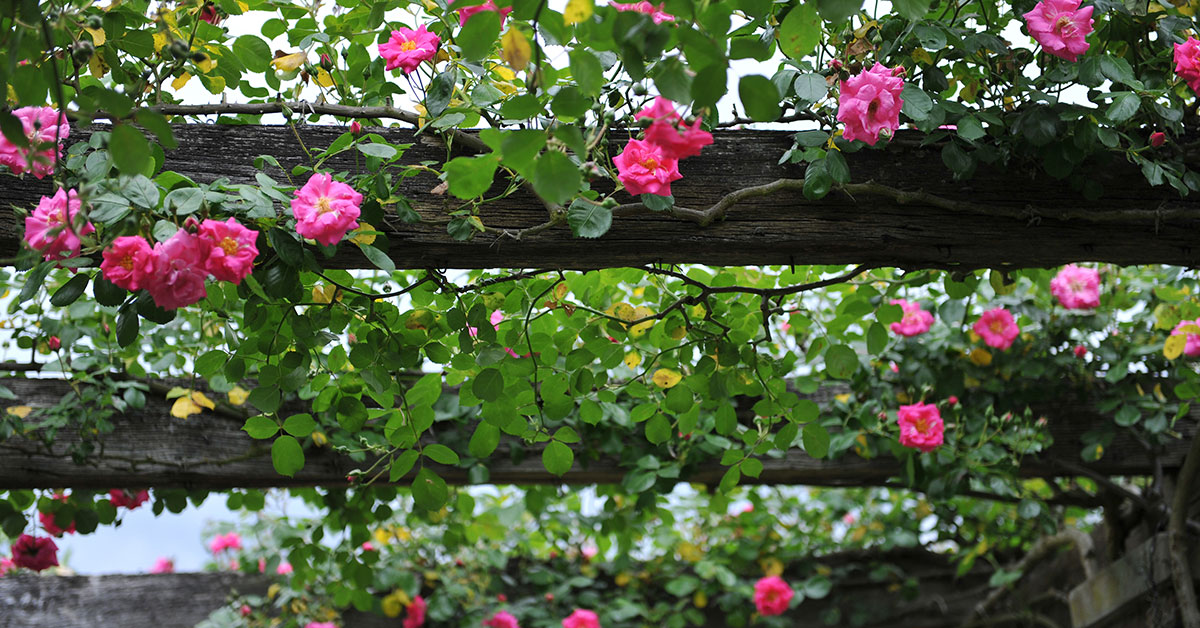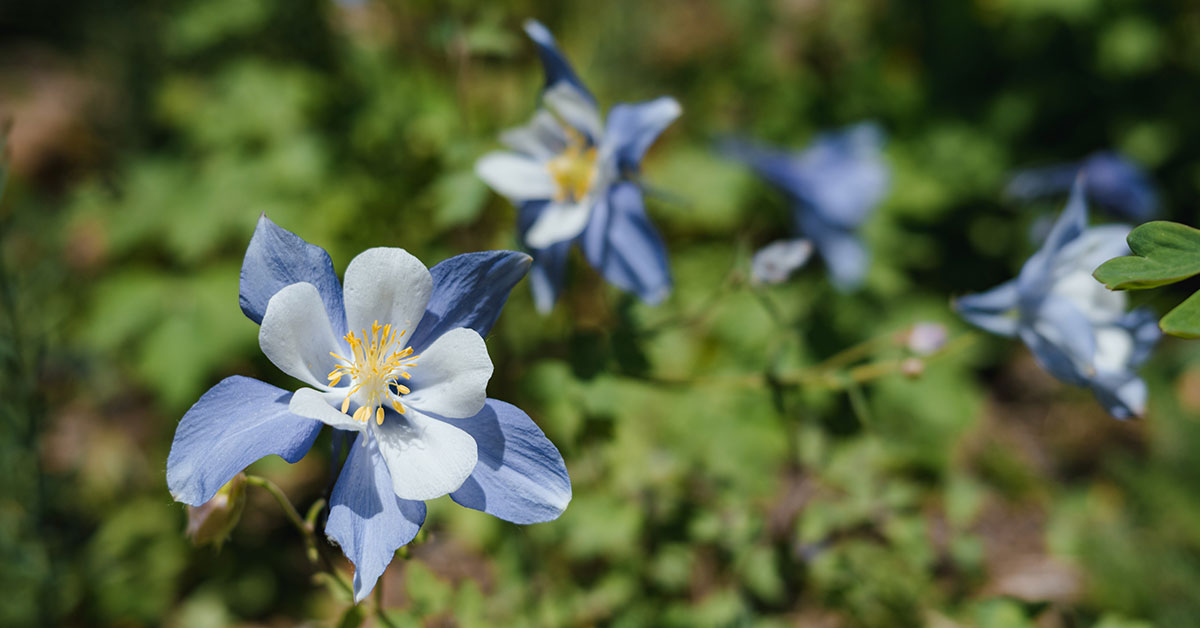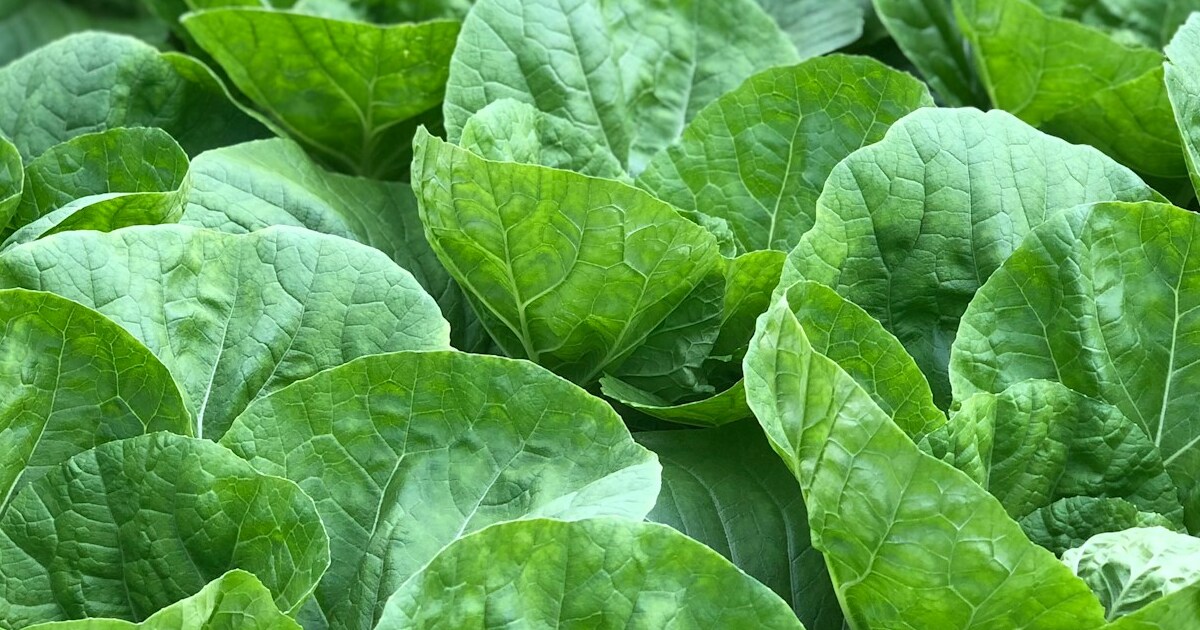I still remember when I first brought home my first barrel cactus (Ferocactus wislizeni, native to the southwestern United States). I was so excited to plant it in my backyard, picturing that dramatic desert silhouette against the evening sky! But when I plopped it into a shady corner and neglected its soil needs, it barely survived the season. It’s such a bummer when you invest in these fascinating, sculptural plants, only to see them shrivel or rot because their unique needs aren’t met.
Over the years, I’ve learned the hard way—and through plenty of thrilling successes—how to create the perfect oasis for cacti. In this article, I’ll share ten essential tips for cultivating healthy, thriving cacti in your garden. We’ll discuss selecting the right species (so you don’t accidentally introduce an invasive Opuntia that could run amok!), creating well-draining soil mixes, providing adequate sun exposure, and even inviting beneficial pollinators like desert bees. Let’s dive in and make your garden a haven for these prickly wonders!
Choose The Right Species For Your Climate

Cacti hail primarily from arid and semi-arid regions—like the deserts of North and South America—so it’s crucial to match species to your local climate. If you live in USDA Zone 9 or warmer, you can cultivate frost-sensitive species such as Echinocactus grusonii (Golden Barrel Cactus, native to central Mexico) outdoors year-round. However, if you’re in Zone 7 or cooler, opt for cold-hardy Opuntia humifusa (Eastern Prickly Pear, native to the eastern U.S.), which can survive brief freezes down to about 0°F. One of my favorite successes was watching a hardy prickly pear thrive under a dusting of snow—truly a testament to choosing the right species!
On the flip side, be wary of certain Opuntia species (e.g., Opuntia stricta) that have become invasive in parts of Australia and South Africa, crowding out native flora. Always source cacti from reputable nurseries that specialize in desert plants, and check local invasive species lists before planting. By being mindful of both your climate’s extremes and potential invasives, you’ll ensure that your cacti flourish without creating ecological problems!
Provide Excellent Drainage
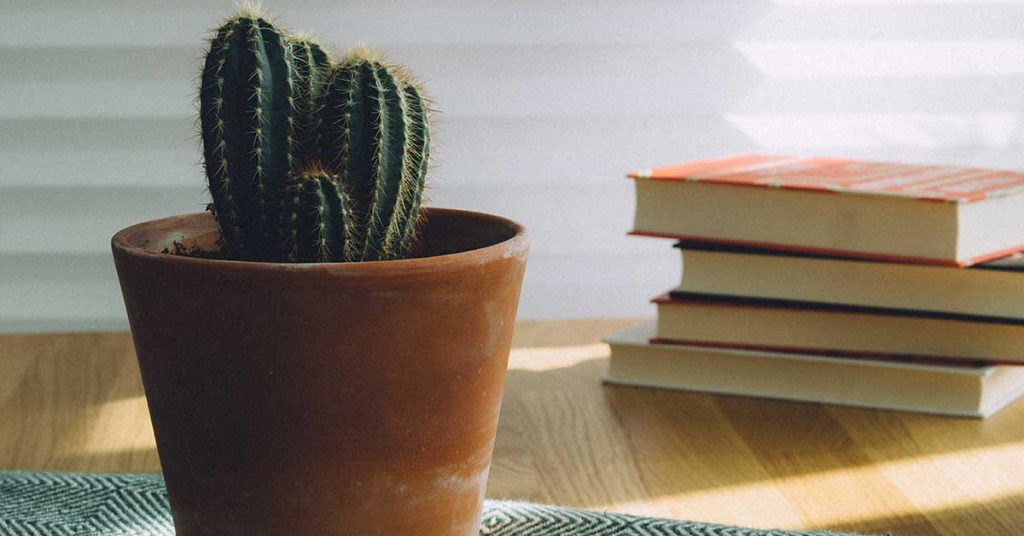
Cacti are succulents that evolved in extremely well-draining soils—often rocky or sandy desert substrates—where water quickly drains away after infrequent rains. When you plant cacti in garden beds with heavy clay or poorly draining loam, their roots can sit in moisture, leading to rot. I once planted a young Echinopsis (Hedgehog Cactus, native to the Andes) in standard garden soil, and after a few rainy weeks, I discovered mushy, blackened roots: a heartbreaking lesson in the importance of drainage!
To replicate desert conditions, amend your planting hole with a mix of coarse sand, fine gravel, and a small amount of organic matter—about 60% mineral grit to 40% potting mix. Alternatively, build raised mounds or berms to keep cactus roots elevated and avoid pooling water. Even if you live in a region with torrential summer monsoons or humid winters, a gritty, rock-infused soil will help your cacti thrive rather than perish. It’s a simple tweak that makes all the difference between rot and resilience!
Ensure Plenty Of Sun Exposure

Most cacti—like the majestic Saguaro (Carnegiea gigantea, native to the Sonoran Desert)—need full sun to maintain healthy, compact growth and vibrant coloration. In partial shade, cacti can stretch or “etiolate,” becoming weak, pale, and prone to sunburn when suddenly exposed to harsh midday sun. I remember placing a young Mammillaria backebergiana (Pincushion Cactus, native to Mexico) under a shady oak tree; within weeks, its spines looked sparse, and the plant leaned desperately toward the brightest sliver of sky!
Aim to plant cacti where they’ll receive at least six to eight hours of direct sunlight daily—especially morning sun, which is gentler than the scorching afternoon rays. In areas with extremely intense sun, consider dappled shade provided by a lattice or a nearby shrub during the hottest mid-afternoon hour. This will prevent bleaching or scorched tissue while still giving cacti enough light to flower. Achieving that perfect solar balance is key, and once you do, watching cacti burst into bloom—like the stunning pink flowers of Echinopsis multiplex—feels like witnessing desert fireworks!
Water Sparingly And Deeply
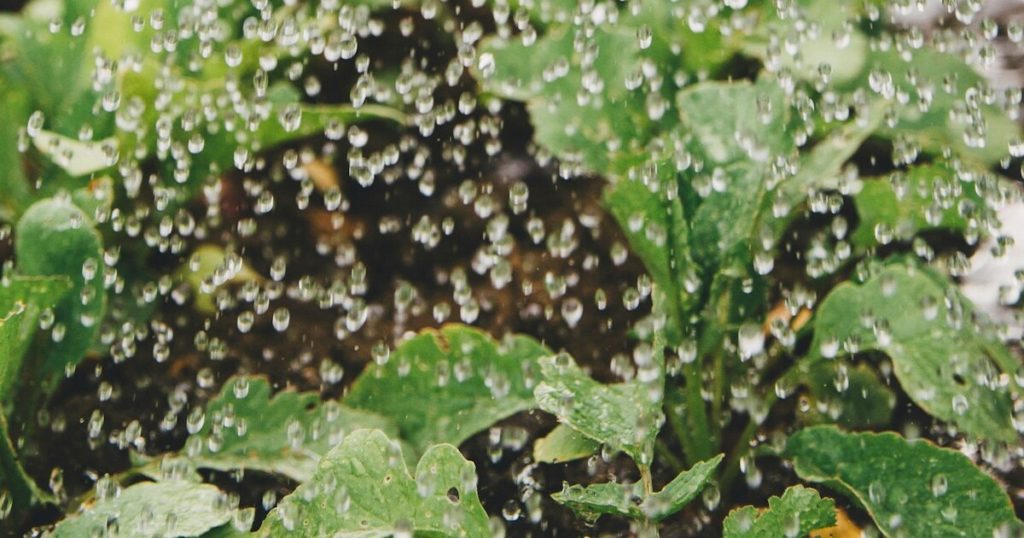
Cacti store water in their fleshy stems, allowing them to survive long, dry spells. Overwatering is the bane of many new cactus growers—too frequent, shallow watering encourages surface root development, making plants vulnerable to drought and rot. I used to sprinkle my cacti daily out of guilt, only to find them yellowing and collapsing. The remedy was to adopt “soak and dry”: wait until the soil is bone-dry—often several weeks in summer—then water deeply once so that moisture reaches the entirety of the root zone.
During their active growth periods (spring and early summer for most species), cacti need moderately regular watering—about once every two to three weeks if rainfall is insufficient. In fall and winter, when growth slows, reduce watering even further—to once a month or less. This imitates desert rainfall patterns and prevents cold-soaked roots from rotting. I know how frustrating it can be to resist the urge to water, especially when you see drooping spines; trust that letting the soil dry out thoroughly is precisely what will bring your cactus back to plump, upright glory!
Use A Gritty, Low-Nutrient Soil Mix

Unlike lush garden plants that thrive on nutrient-rich loam, cacti evolved in lean, mineral-dominated desert soils. A typical soil mix for cacti includes coarse sand, perlite, pumice, or decomposed granite—materials that facilitate rapid drainage and provide anchorage without holding excessive organic matter. I once used a heavy potting soil mix straight from the bag and watched my golden barrel’s roots suffocate beneath thick, moisture-laden soil—another painful reminder that cacti need air as much as water!
Healthy cactus soil should be gritty and almost skeletal, with just enough organic content to provide a minimal nutrient source. Some growers incorporate 5–10% well-aged compost or worm castings to supply slow-release nutrients, but if you go heavier, you risk promoting rot. Opt for pre-mixed cactus and succulent soil mixes or blend your own using one part potting soil, one part coarse sand, and one part perlite or small gravel. That’ll give your cacti the breathability they crave, enabling them to stand tall and flourish, flaunting their spines like armor!
Protect From Extreme Cold

While many cacti—especially Opuntia species (Prickly Pears, native to North America)—tolerate light frost, prolonged exposure to sub-freezing temperatures can damage or kill tender cactus tissues. I learned this the hard way when a sudden winter deep freeze hit my San Pedro cactus (Echinopsis pachanoi, native to the Andes) before I had a chance to cover it with frost cloth. Its outer ribs turned black overnight, signaling cell collapse. Fortunately, a quick prune of damaged segments allowed it to regrow the following season, but the lesson stuck: cold protection is non-negotiable.
If you live in USDA Zones 8 or below, consider planting cacti in a microclimate spot—like against a south-facing wall—where reflected heat reduces frost exposure. For container-grown cacti, a simple winter strategy is to move pots under an eave or into an unheated garage on nights predicted to drop below 30°F. Surround containers with insulating materials like straw or bubble wrap. For in-ground plants, a thick layer of dry leaves or bark chips at the base can protect roots from freezing temperatures. These precautions transform fragile frost-prone cacti into hardy survivors that can weather the chilliest nights!
Fertilize Lightly During Growth Season
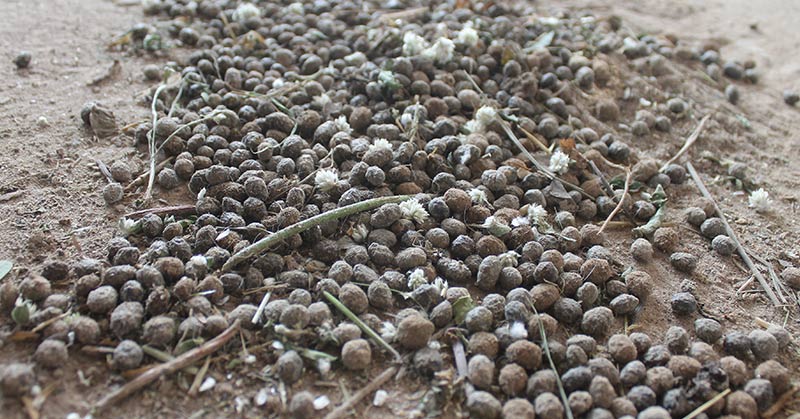
Cacti grow slowly and require far fewer nutrients than other garden plants; heavy fertilization can cause spindly growth and weak root systems. During active growth—typically spring through early summer—a balanced, low-nitrogen fertilizer at ¼ to ½ strength works wonders. I mix a water-soluble formula labeled for succulents at half the recommended dose, applying it once every four to six weeks. This keeps cacti like my golden cholla (Cylindropuntia fulgida, native to Arizona Sonoran deserts) producing healthy, robust segments without the risk of fertilizer burn.
Avoid feeding during dormancy (late summer to winter), as cacti slow their metabolic processes and won’t use excess nutrients effectively. Excess fertilizer can accumulate in the soil and damage the plant’s roots. I once forgot and applied a fall feeding to my prickly pear, only to see its pads soften and collapse under nutrient toxicity. In subsequent seasons, I’ve adhered strictly to a spring-and-early-summer feeding schedule—my cacti now reward me with fuller growth and more flower buds, proving that a delicate nutritional hand often yields the greatest rewards!
Provide Adequate Air Circulation

Cacti evolved in open landscapes with breezes that helped dry off their surfaces and deter fungal pathogens. When cacti grow in overly crowded or poorly ventilated spots—like a shaded, dense container corner—moisture lingers on their spines and epidermis, leading to rot and pest infestations. I made this mistake once by grouping several small cacti too closely in an indoor greenhouse; the stagnant air allowed mealybugs to breed unchecked, and fungal spots soon appeared on hair-like cacti stems.
To prevent this, space cacti at least an inch apart in containers and several inches in the ground, depending on their mature spread. If you’re growing cacti in a greenhouse, set up a small oscillating fan to keep gentle airflow over the plants, especially after watering. Outdoors, avoid planting too near large shrubs or walls that block breezes. Proper air circulation not only guards against problems like powdery mildew but also mimics natural desert conditions, helping cacti maintain sturdy, healthy stems and vibrant flower production!
Use Repotting And Transplanting Best Practices

Cacti generally prefer being slightly root-bound, but after several years, their soil can become depleted, compacted, or infested with pests like fungus gnats. I once repotted a 5-gallon Pogonomyrmex barbatus honeypot (Astrophytum asterias)—native to southern Texas and Mexico—only to discover a web of nematode-damaged roots beneath the old soil. By carefully removing loose soil, trimming away unhealthy roots, and repotting into fresh, well-draining cactus mix, I gave it a new lease on life.
When transplanting cacti in the garden, choose a cool, overcast day to minimize sunburn on freshly exposed root tissues. Use thick gloves or tongs to protect yourself from spines, and shake off as much old soil as possible—roots often cling to microscale grit that harbors root rot pathogens. Plant at the same depth as the original pot, ensuring the root crown sits just above the soil line to prevent stem rot. Water sparingly for the first few weeks, allowing roots to reestablish before resuming your regular “soak and dry” routine. With these careful techniques, your cacti will quickly acclimate to new soils or arrangements, ready to display their sculptural beauty once again!
Monitor For Pests And Diseases

Although cacti are resilient, they aren’t immune to pests such as mealybugs, spider mites, and scale insects. These sap-sucking intruders often hide in crevices beneath spines or at stem joints, causing discoloration and weakening plant tissues. I remember examining my Mammillaria elongata (Ladyfinger Cactus, native to central Mexico) under a magnifying glass to spot tiny, white, cottony patches—mealybugs had nested near each areole! The infestation spread rapidly until I intervened with a gentle alcohol swab regimen, physically removing pests before they could overwhelm the plant.
Fungal issues, like Phyllosticta pad spotting, can also strike cacti kept in overly humid conditions. Brown, circular spots on pads often indicate fungal spores germinating. To prevent this, ensure your cactus bed or container mix stays dry between thorough waterings, promote airflow, and avoid overhead irrigation. If you spot early signs—like slight yellowing or soft spots—remove infected areas with a sterile knife and dust wounds with a fungicidal powder containing copper or sulfur. Vigilance and swift action keep cacti robust, their tapered spines standing tall without the burden of hidden invaders beneath!




